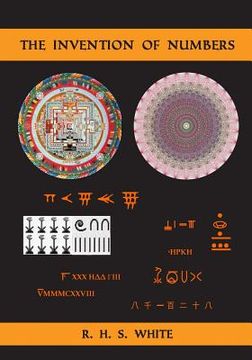Reseña del libro "The Invention of Numbers (en Inglés)"
Excavations carried out in 1970 in the Lebombo mountains of Southern Africa, uncovered the fossilised leg bone of a baboon, estimated to be 37,000 years old, that had 29 scratches carved into it.In 1937 the fossilised bone of a wolf was found in Czechoslovakia, that had 37 scratches on its length, grouped in fives. This bone was estimated to be 30,000 years old.Ancient peoples realised that it was useful to group the marks into equal size bundles and invent symbols for the bundles. Thus arithmetic was born.Part 1 of this book studies the symbols invented by Babylonians, Egyptians, the Greeks, the Chinese, Etruscans and Romans, the Maya and the Hindus.In 628 AD the Indian mathematician Brahmagupta defined the number zero and described the base ten positional number system in his book called "The Opening of the Universe". In 1202, Fibonacci, the son of a Venetian merchant, describes the Indian base ten number system in his book "Liber Abaci" that resulted in this arithmetic being introduced into Europe.Part 2 introduces number systems in other bases, in particular, Binary, Octal and Hexadecimal as used in modern computers and the ASCII codes used for storing letters of the alphabet and other symbols.Part 3 deals with the construction and rules for negative and fractional numbers, why we add, multiply and divide fractions in the way we do. It defines complex numbers, gives the meaning of the square root of minus one and shows how complex numbers are represented on the Argand diagram. It solves quadratic and cubic equations and shows how De Moivre's Theorem can be used to find roots of complex numbers.

